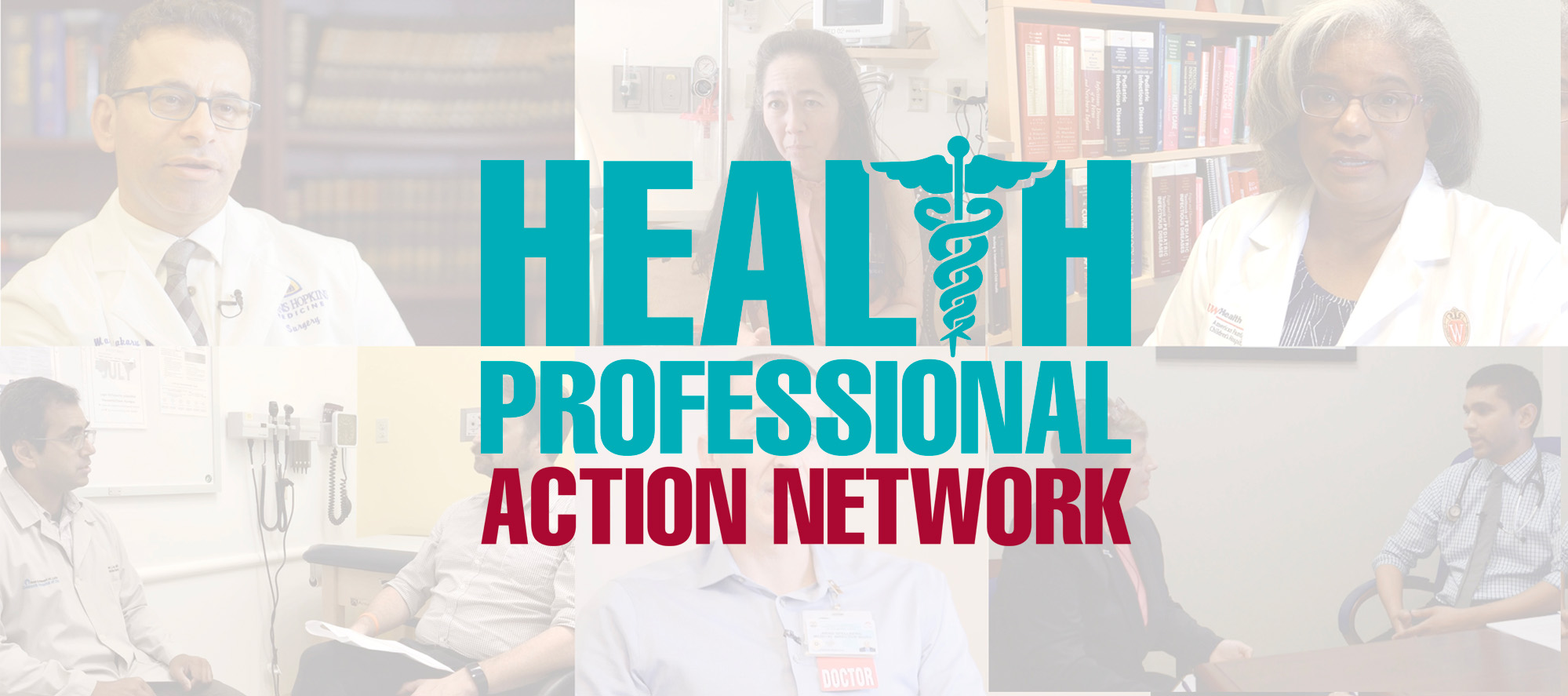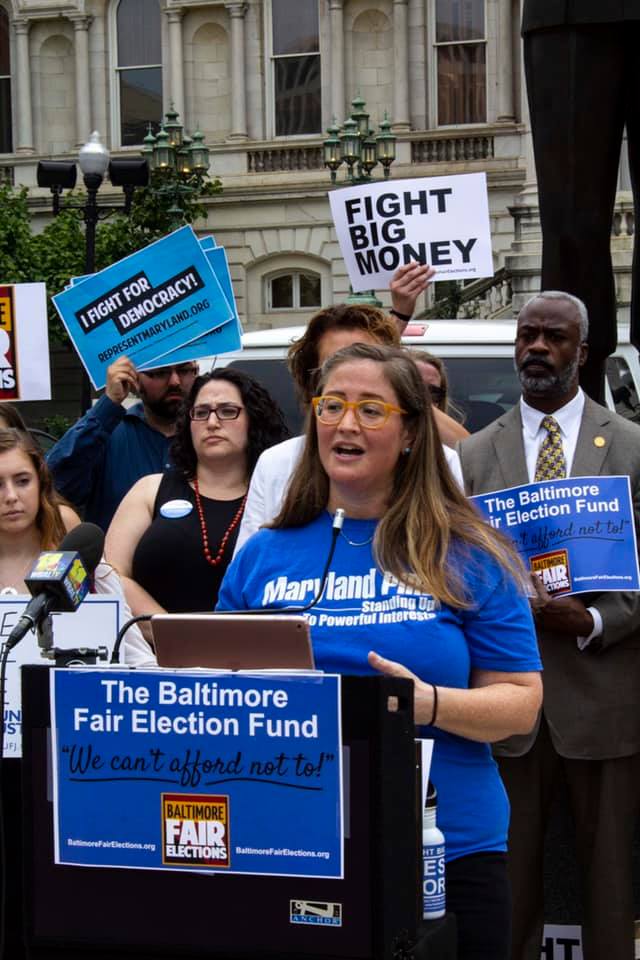
Testimony in support of SB463 HB701 – Use of Antimicrobial Drugs in Agriculture
Maryland PIRG supports the passage of SB 463. Maryland PIRG staff have been working with the public health community, small farmers, and restaurant owners to address the public health problem of antibiotic resistance by calling on agriculture to stop the overuse of antibiotics on animals raised for meat.
Senate Hearing: Education, Health, and Environmental Affairs, March 3, 2015
House Hearing: Environment and Transportation, March 13, 2015
Agriculture – Cattle, Swine, and Poultry – Use of Antimicrobial Drugs
Additional groups supporting: Maryland LCV, Midshore Riverkeeper Conservancy, Maryland Conservation Council
SB463 HB701 Position: FAVORABLE
Position: Maryland PIRG supports the passage of SB463 HB701.
Maryland PIRG staff have been working with the public health community, small farmers, and restaurant owners to address the public health problem of antibiotic resistance by calling on agriculture to stop the overuse of antibiotics on animals raised for meat. More than 100 public health professionals have signed onto our campaign, as well as more than 20 Maryland small farms and restaurants.
In October we released a poll with Consumers Union that found that 9 out of 10 doctors are concerned about the common meat industry practice of using antibiotics on healthy animals for growth promotion and disease prevention. [1]
In addition to the concerns of the public health community, many local and chain restaurant owners have or want to go antibiotic free in the meat they serve in order to meet consumer demand and be responsible business owners. For example, chains Panera Bread, Chipotle, Shake Shack, and Elevation Burger have gone antibiotic free and Chick fil A has committed to do so within five years. Just last week, McDonalds announced that companies supplying their USA restaurants will not be allowed to use medically important antibiotics to chickens. And Maryland restaurants have supported our campaign. In addition, Maryland’s own Perdue Farms has committed to stopping the use of unnecessary antibiotics in raising chickens. This market shift shows that it is economically possible to go antibiotic free, and it is time to make this practice mandatory in the state.
Starting in March, our canvass staff will also be out in communities knocking on doors to educate the public about antibiotic resistance and build support for our campaign to stop antibiotic overuse on animals raised for meat.
Our partners and colleagues are submitting written testimony with detailed scientific and medical background on this issue, so we’ll do our best to keep ours short.
BACKGROUND: Antibiotics are a miracle of modern medicine. They are essential to keeping people alive and well, whether it’s fighting pneumonia, or dealing with infections that set in from scrapes or after chemotherapy and major surgeries. But fueled by the misuse and overuse of the drugs, bacteria are becoming “superbugs,” resistant to antibiotics, and the medical community is warning us that we may return to an era where common infections are again life threatening.
In the United States, up to seventy percent of human use antibiotics are sold for use on farms, and not to treat sick animals, but instead they are put in the everyday feed of healthy animals to make them grow fatter faster, and to compensate for unhygienic living conditions. The Who’s Who of public health groups have cautioned against using antibiotics in this manner – including the World Health Organization, American Medical Association, American Public Health Association, the Infectious Disease Society of America, and American Academy of Family Physicians, to name a few.
In 2013 and 2014, the U.S. Centers for Disease Control and Prevention (CDC) and the World Health Organization (WHO) released detailed studies on bacterial resistance. The CDC report found at least two million Americans are sickened by drug-resistant bacteria each year, 23,000 fatally. Additionally, the WHO report cited estimations that ‘superbug’ infections resulted in eight million additional days in hospitals, which costs between $21 and $34 billion each year in the U.S. alone.
The use of antibiotics in livestock production on this massive scale accelerates the development of drug-resistant bacteria. Once replicated in animals, resistant bacteria can make their way to humans through contaminated food, airborne dust blowing off farms, and water and soil polluted with contaminated feces.
A growing body of evidence documents this phenomenon, including:
- A U.S. study in 2012 linked E. coli in poultry and E. coli infections in humans. [2]
- A 2007 study in Minnesota and Wisconsin found that antibiotic resistant E. coli in people was likely to have come from poultry. [3]
- An April 1999 study by the Government Accountability Office concluded that resistant strains of three microorganisms that cause food-borne illness or disease in humans—Salmonella, Campylobacter, and E. coli—are linked to antibiotic use in animals. [4]
- According to documents obtained by the Natural Resources Defense Council, between 2001 and 2010, the FDA reviewed the safety of thirty of its antibiotics approved for use in animal feed. The agency rated 18 of these drugs as posing a ‘high risk’ to human health because they could lead to exposure of humans to superbugs through the food chain. [5]
Increasing drug resistance is all the more urgent due to a lag in the development of new antibiotics that can work against bacteria resistant to current antibiotics. According to the Pew Charitable Trusts, “Many major pharmaceutical companies have limited their investments in this antibiotic innovation, and only two new classes of these substances have reached the market in 30 years.” [6]
WHAT YOU CAN DO: To combat the spread of bacterial drug-resistance, antibiotics for food animal use should be used sparingly, as outlined in SB463 HB701.
And this can be done: The U.S. Department of Agriculture acknowledged in a January 2009 report that the presumed economic and production benefits of antibiotics in animal feed can be largely achieved by improved cleanliness of animal houses and improved testing for diseases. [7]
Action to curb unnecessary antibiotic use on factory farms is growing in Maryland and across the globe. The world’s leading pork exporter, Denmark, instituted a process in 1999 that banned the use of antibiotics in animal feed for growth promotion and for many types of disease prevention. Since, antibiotic use in Denmark has dropped by 50% without a loss in productivity.
In 2008 the Netherlands also instituted rules that required a 70% reduction in antibiotic use in livestock production. According to a 2013 report published by the Dutch Central Veterinary Institute, clear indications exist that the occurrence of antimicrobial resistance in animals is decreasing the Netherlands. [8]
On the heels of the release of World Health Organization report, in June 2014, the Drug Controller General and Agriculture Ministry of India also directed state governments across the country to stop the use of antibiotics in animal feed.
We shouldn’t have to fear that a minor scrape or cut might be life threatening. We can save antibiotics, but we must act now. It’s time to protect public health by stopping the misuse of human antibiotics in animal production.
We respectfully request a favorable report on SB463 HB701.
1. Prescription for Change: Antibiotics Use in Humans and Animals Amidst Growing Concerns of Doctors, Maryland PIRG and Consumers Union, October 23, 2014, downloaded from
2. Food-borne origins of Escherichia coli causing extraintestinal infections. A.R. Manges, J.R. Johnson. Clinical Infectious Diseases. 2012. 55(5): 712-719
3. J.R. Johnson et al., June 2007, “Antimicrobial DrugResistant Escherichia coli from Humans and Poultry Products, Minnesota and Wisconsin, 2002-2004,” Emerging Infectious Diseases.
4. United States General Accounting Office, Food Safety: The Agricultural Use of Antibiotics and its Implications for Human Health, April 1999: p 1
5. Natural Resources Defense Council, Playing Chicken with Antibiotics.
6. Pew Charitable Trusts, “Antibiotics and Innovation,” ; downloaded 6/27/2014
7. Pew Trusts Fact Sheet.
8. Central Veterinary Institute et al, MARAN 2013: Monitoring of Antimicrobial Resistance and Antibiotic Usage in Animals in the Netherlands in 2012; June 2013 p 7, downloaded July 7 2014.
Topics
Authors
Emily Scarr
State Director, Maryland PIRG; Director, Stop Toxic PFAS Campaign, PIRG
Emily directs strategy, organizational development, research, communications and legislative advocacy for Maryland PIRG. Emily has helped win small donor public financing in Baltimore City, Baltimore County, Howard County, Montgomery County, and Prince George's County. She has played a key role in establishing new state laws to to protect public health by restricting the use of antibiotics on Maryland farms, require testing for lead in school drinking water and restrict the use of toxic flame retardant and PFAS chemicals. Emily also serves on the Executive Committees of the Maryland Fair Elections Coalition and the Maryland Campaign to Keep Antibiotics Working. Emily lives in Baltimore City with her husband, kids, and dog.
Find Out More
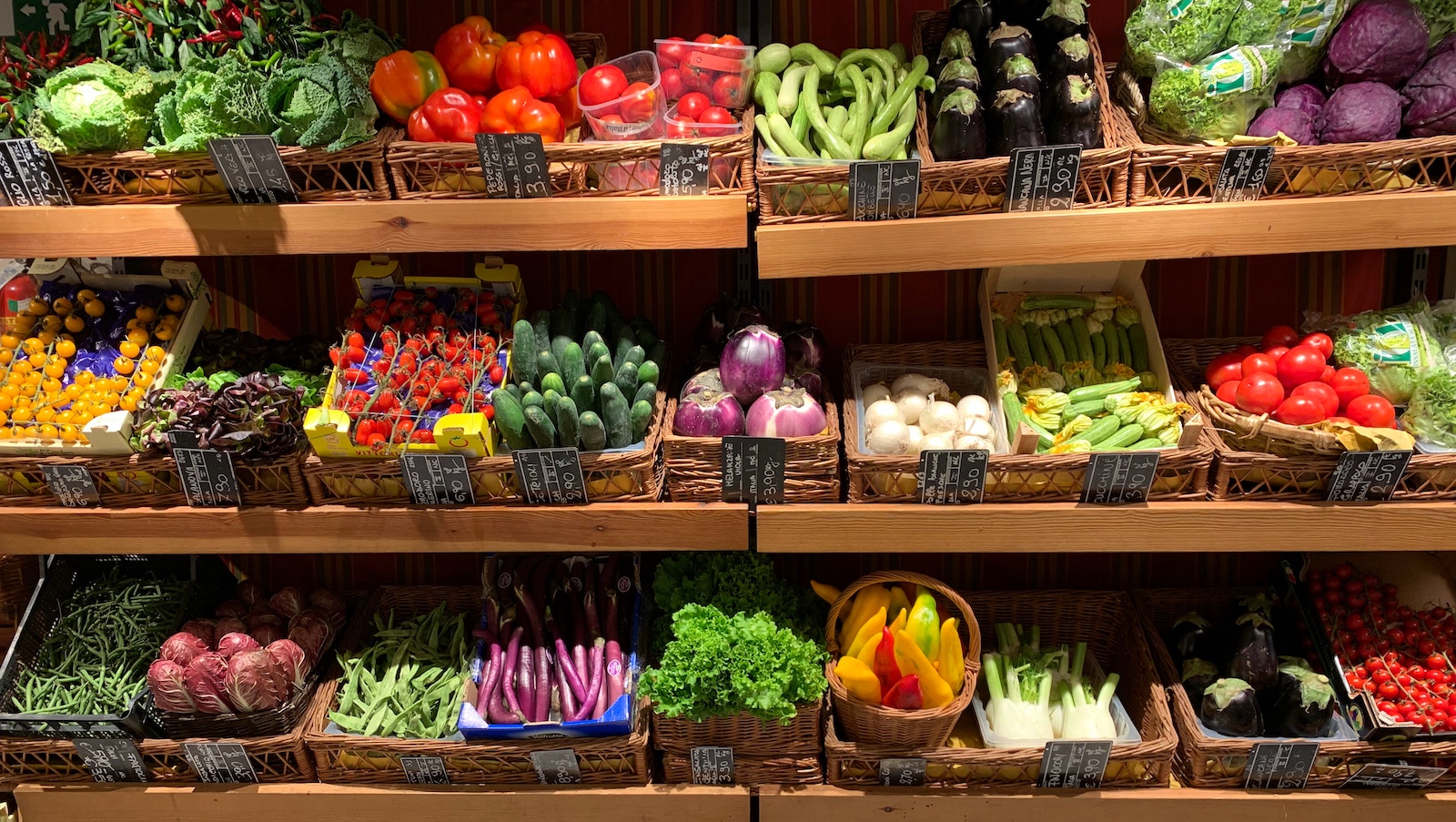
Food for Thought Part 2: An analysis of food recalls for 2022
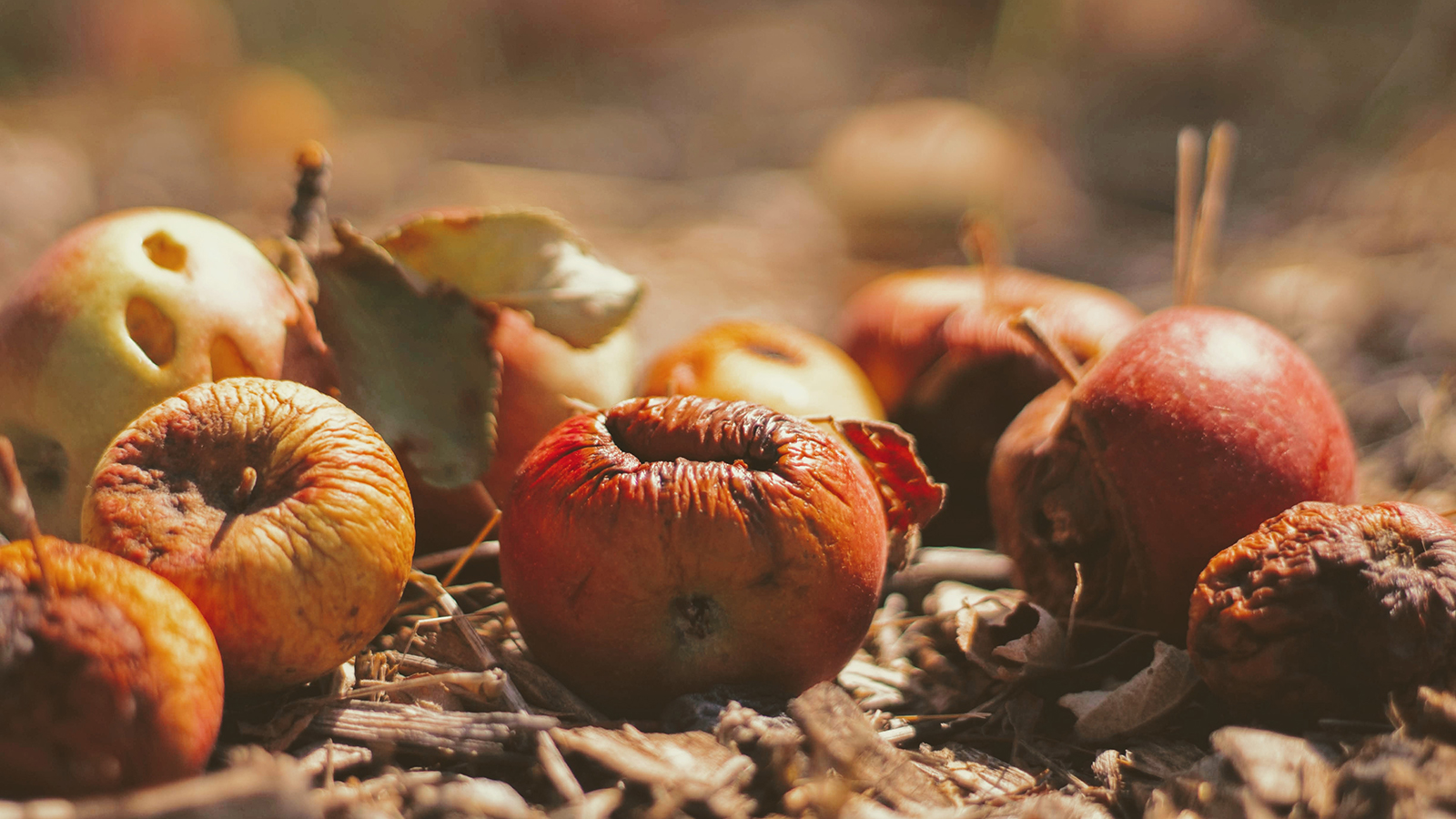
The food we waste could end hunger
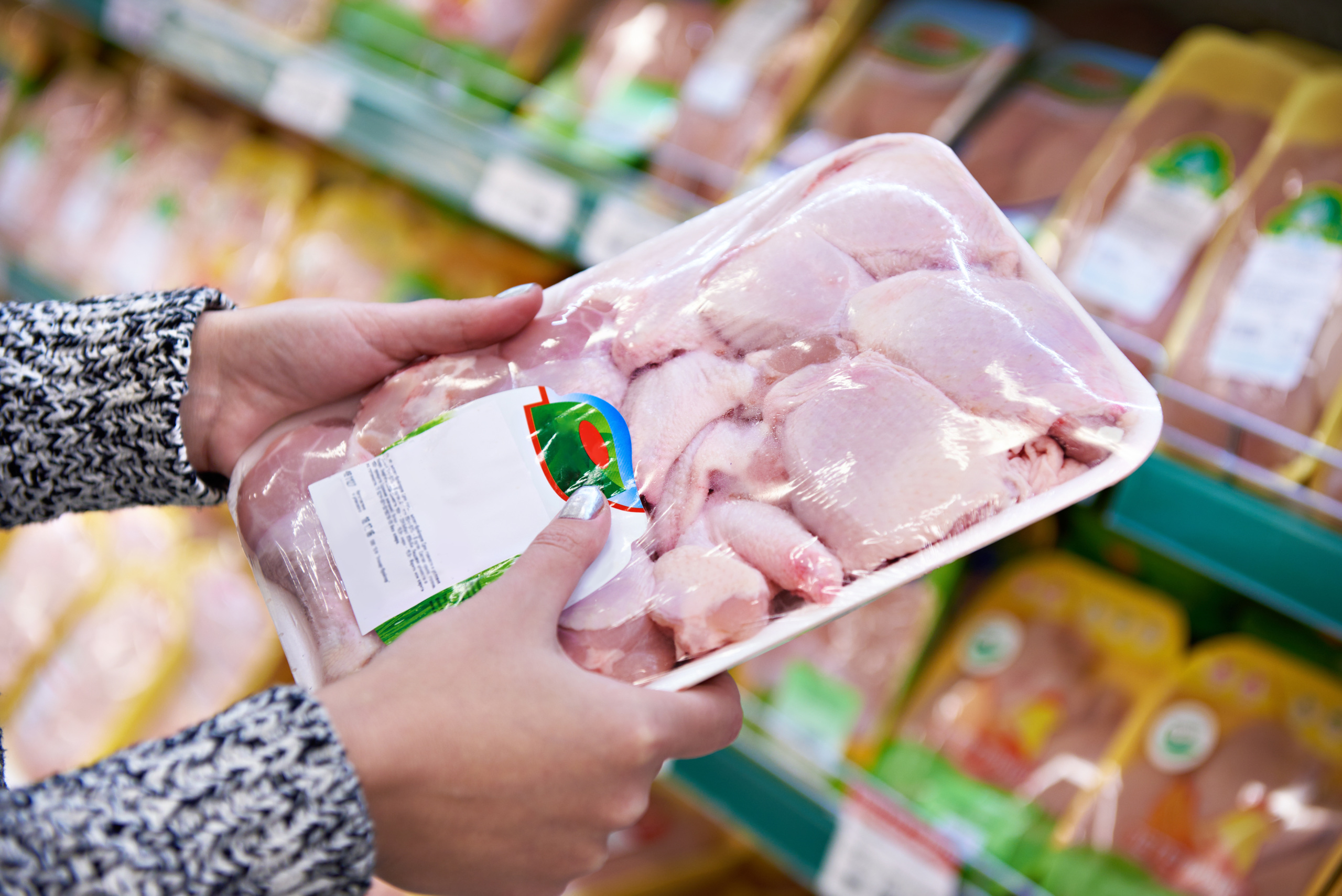
Superbugs in Stock
